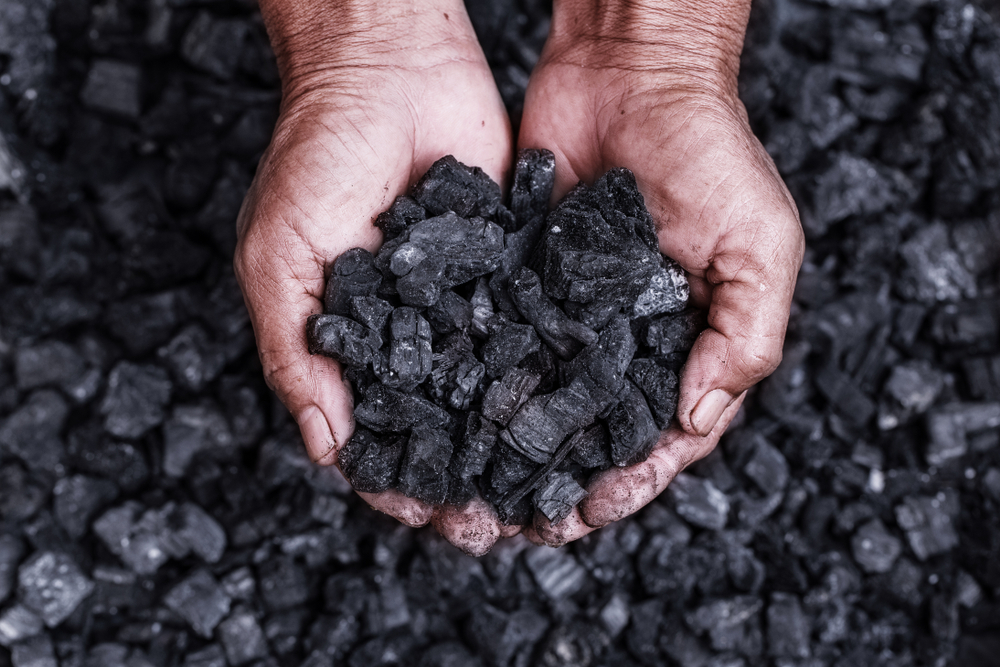National Energy Technology Lab pushes coal efficiency research

While coal has significantly decreased in use over the decades, the National Energy Technology Lab (NETL) is attempting to make its contributions to U.S. electricity more efficient through new research, with a particular eye on a new coating.
Steam is the driver for most fossil fuel-based power plants. It routes through turbines that spin facility generators, passes through a condenser to be converted into a liquid, re-heat, re-pressurize, repeat. Condensers’ performance can greatly vary, therefore, depending on how efficiently cold tubes cool steam and force it back into liquid state. The more condensation able to form on these tubes upon contact with steam, the more insulation preventing heat transfer and limiting efficiency.
“Condensers can also have issues with fouling, which is the buildup of scale (deposits of hard minerals, corrosion, and organisms) on interior and exterior cooling tubes, which further inhibits heat transfer,” John Rockey, Technology Manager for Transformative Power Generation at NETL, said.
HeatX, a new coating from Oceanit Laboratories, Inc, is a non-toxic coating that can be applied to condenser components. Once it is, it forces condensation to form into droplets that roll off the condenser, rather than cling and insulate. Tested at Hawaiian Electric Company’s Kahe generating station, its results have shown reduced fouling on condensers, increased heat transfer rates, and greatly increased life expectancies for units between maintenance. So far, the coating has only been tested on diesel fuel, but Oceanit hopes to test the substance on coal-fired power plants this year.
It could be one means of reducing pollution from fossil fuels.
“Fossil fuels such as coal are abundant and inexpensive compared to other energy sources,” Rockey said. “But energy extraction from fossil fuels is only about 40 percent. Much of the potential energy is lost in the condenser. By improving the efficiency of the condenser, less fuel needs to be burned to achieve the same levels of energy output, lowering both consumption costs and emissions,” he added.
